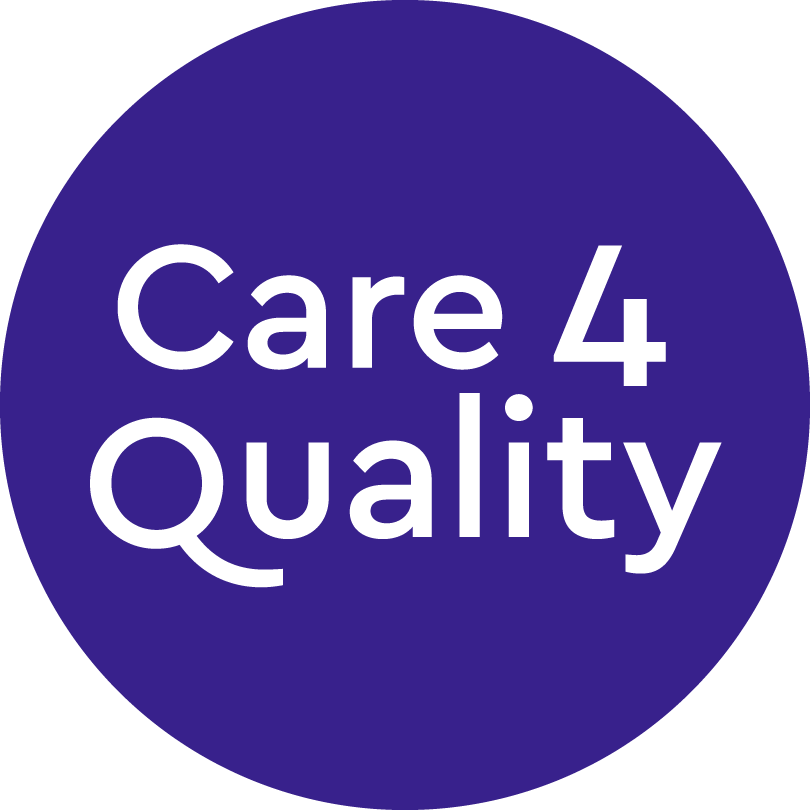There are new Factual Accuracy Check Forms in place for Providers to contest draft reports. What has changed, and how are Providers affected?
In late 2018 the CQC requested feedback on its factual accuracy process. Providers will know that this has been a sometimes frustrating process. Providers have waited weeks for a draft report, and then had to spend time, and sometimes legal costs in challenging basic inaccuracies and misleading conclusions within the draft report.
After consultation, the new guidance has now been published together with a brand new Factual Accuracy Check Form. The new guidance appears on the CQC’s website as an easy to read web-page.
Previously, Providers could make representations by way of letter, email or via a table provided by CQC in a word document. The CQC now state that they will not accept corrections in any other format that the new form unless there are ‘exceptional circumstances’.
The new FAC form is divided into Sections A-G. This includes ‘Typographical or numerical errors within the report’; ‘Information that has contributed to a judgment, but which you believe is factually incorrect’ and ‘Additional information, or information that was omitted, which you think we should consider to inform our judgment of your service (and rating if appropriate)’.
While the latter seems appealing, Providers are still limited to only providing or citing evidence that was available at the time of the inspection. In addition, the inspection report does not need to reference all of the evidence but only include the ‘best evidence’ to support their judgments. Providers cannot ask to see the inspector’s notes from an inspection or details of people they spoke with. This will no doubt leave Providers frustrated but more importantly, at a risk of not being able to properly challenge evidence which hasn’t been provided or referenced.
Despite this, two positives are that the CQC has not restricted the extent of evidence that Providers can submit, as was originally suggested and the response time of 10 working days has been retained.
The CQC have invested time and money in this and may believe its new form will make the processes more streamlined. However, it is more than likely Providers will still be left frustrated by receiving poor quality inspection reports that require challenging in the first place. In addition, they now will not receive the basis of the judgements made and will have to spend more time trying to formulate responses. Overall, it’s arguable that the new guidance and form are not a solution to the existing flaws in the factual accuracy process. It may have been a better use of time and money to focus on consistency within the inspection team and of the inspectors themselves; this could avoid inspection bias, lack of understanding and sometimes refusals to review evidence provided during an inspection.
It is important that Providers exercise their right to submit comments on the accuracy of draft reports. Care 4 Quality has an experienced team of legal partners who can assist with making these submissions.
Contact us to find out how we can assist your business on care and regulatory related matters.
